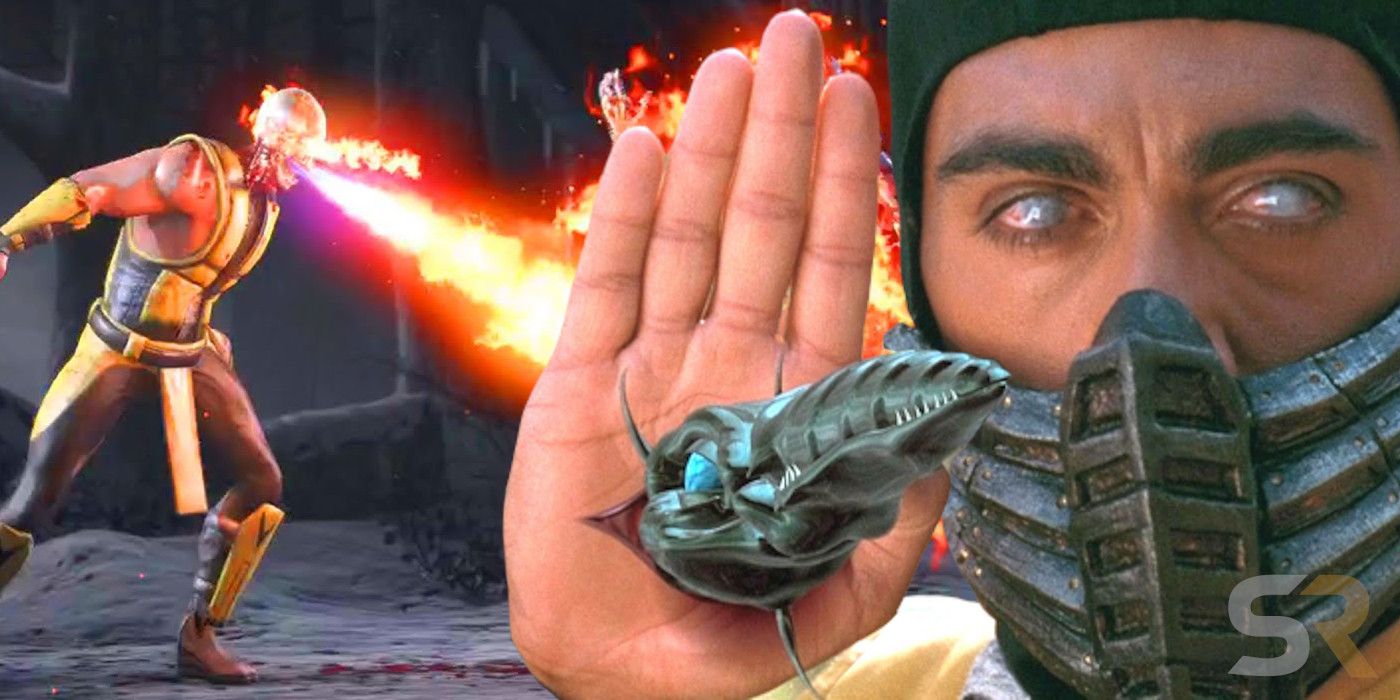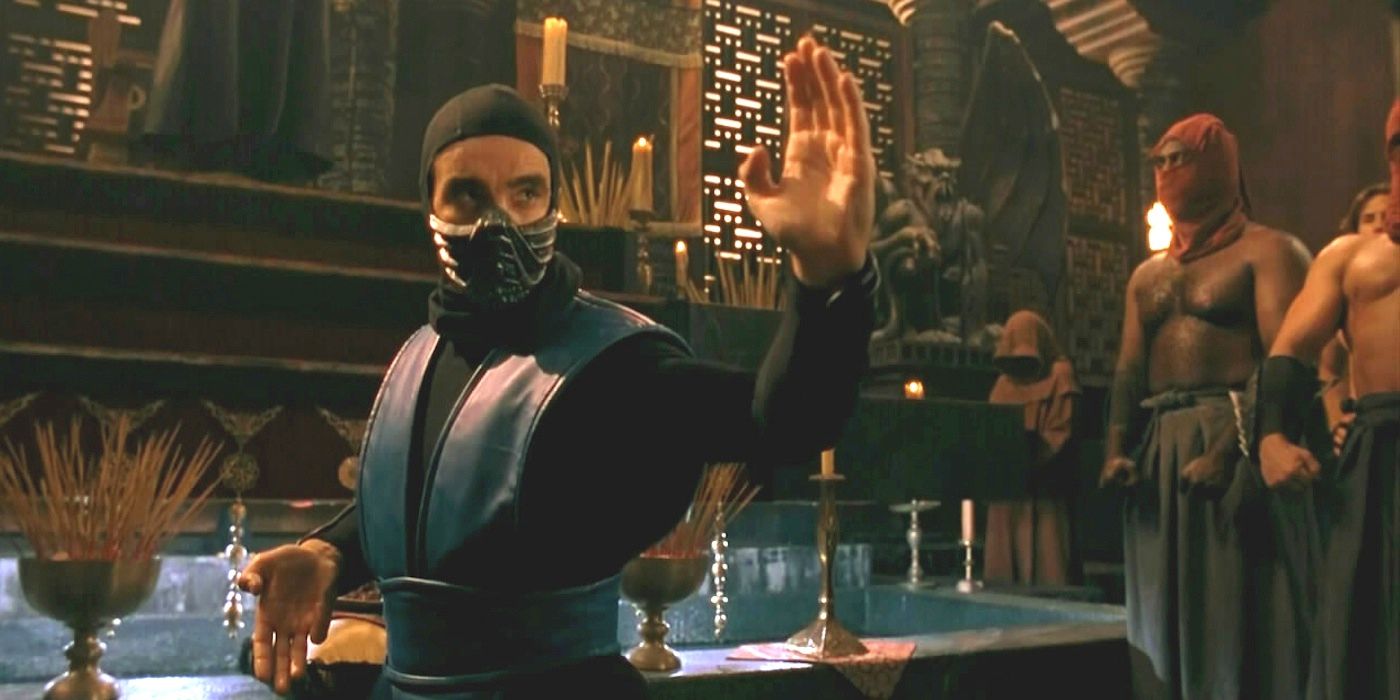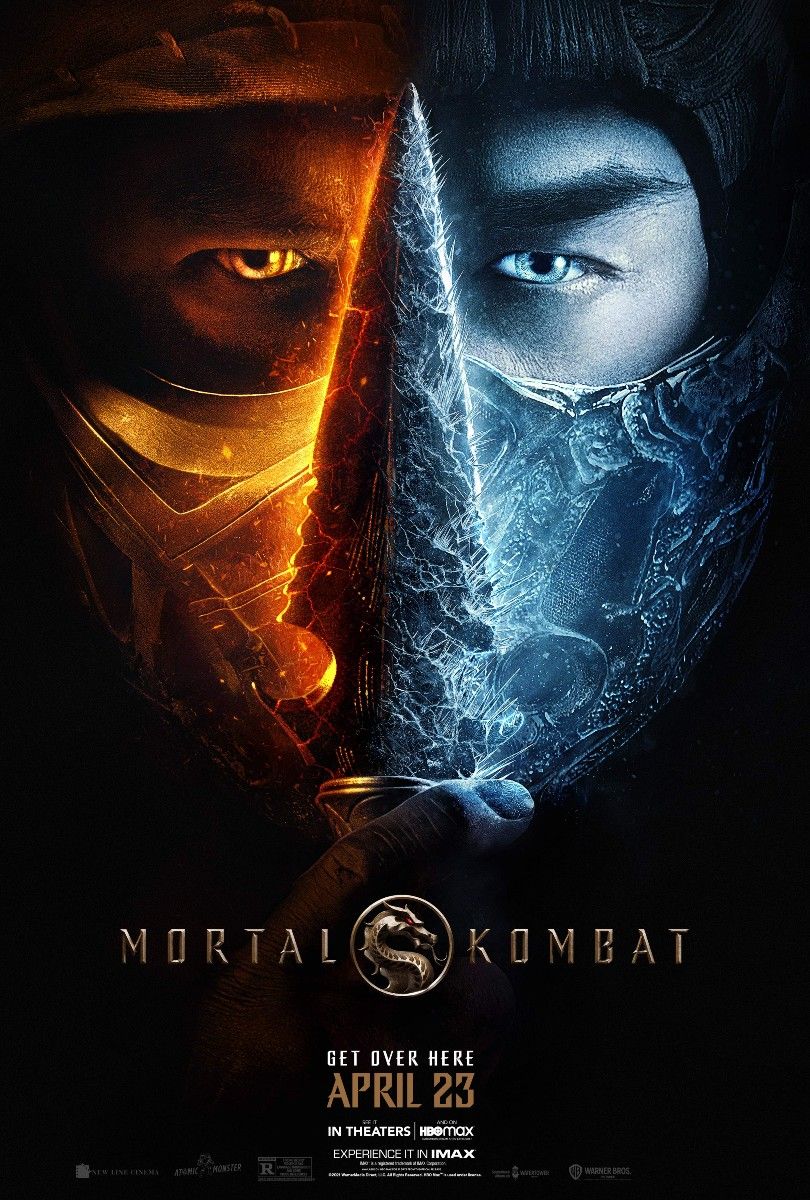The Mortal Kombat series has found major success ever since its debut in the ‘90s, but the series’ original feature film adaptation was originally supposed to be much more violent, akin to the video games. While the blood and gore have always been at the heart of every iteration of the video-game, the movie shied away from this, delivering a more typical PG-13 style of violence.
The Mortal Kombat franchise is one of the few video game series that’s been able to evolve and persevere through the decades as many imitators have fallen to the wayside. The fighting series has found exciting ways to branch out, with spin-offs, side series, and fun guest characters. The recent release of Mortal Kombat 11 has only confirmed that love for the series remains at an all-time high. If anything, the fans are only hungry for more Mortal Kombat madness.
The Mortal Kombat video games have found tremendous acclaim, but it’s also one of the few examples of a video game that’s successfully translated over to a feature film adaptation. 1995’s Mortal Kombat is far from a cinematic gem, but it’s a very fun movie that knows what it is and lovingly pays tribute to its source material (aside from its toned-down violence). These ‘90s films are still viewed as cult classics, but with a new Mortal Kombat film on the way that’s been confirmed to have a “hard R” rating, it’s worth revisiting why the original Mortal Kombat movie had to make several compromises when it came to the violence.
The Mortal Kombat video games are notorious for their extreme displays of violence. The fighting series’ “Fatalities” were celebrations of gore, but the series even takes it further with how they’ve turned to “Brutalities” over time. Obviously it was expected that the Mortal Kombat movie would properly reflect that level of violence and even though they feature plenty of combat and death, they still hold back.
Kevin Droney’s original script for the movie was much more reflective of the games’ brutal nature. The script was full of more intense violence, graphic deaths, and strong language, which effectively made it an R-rated script, which makes sense for the subject matter. Unfortunately, the deal that the Mortal Kombat producers had in place with New Line Cinema guaranteed that they’d release a PG-13 movie in order to capitalize on the wide audience of teens that played the games.
This PG-13 rating meant the more graphic violence in the script had to be removed or worked around. One of the biggest issues was that at the time the murder of a human on screen would typically automatically result in an R rating, which became a major hurdle for the film to avoid or inevitably work around the final moments of fights. As much as the 1995 Mortal Kombat movie is loved, it should be exciting to see what the upcoming reboot will do with an R rating behind it.



